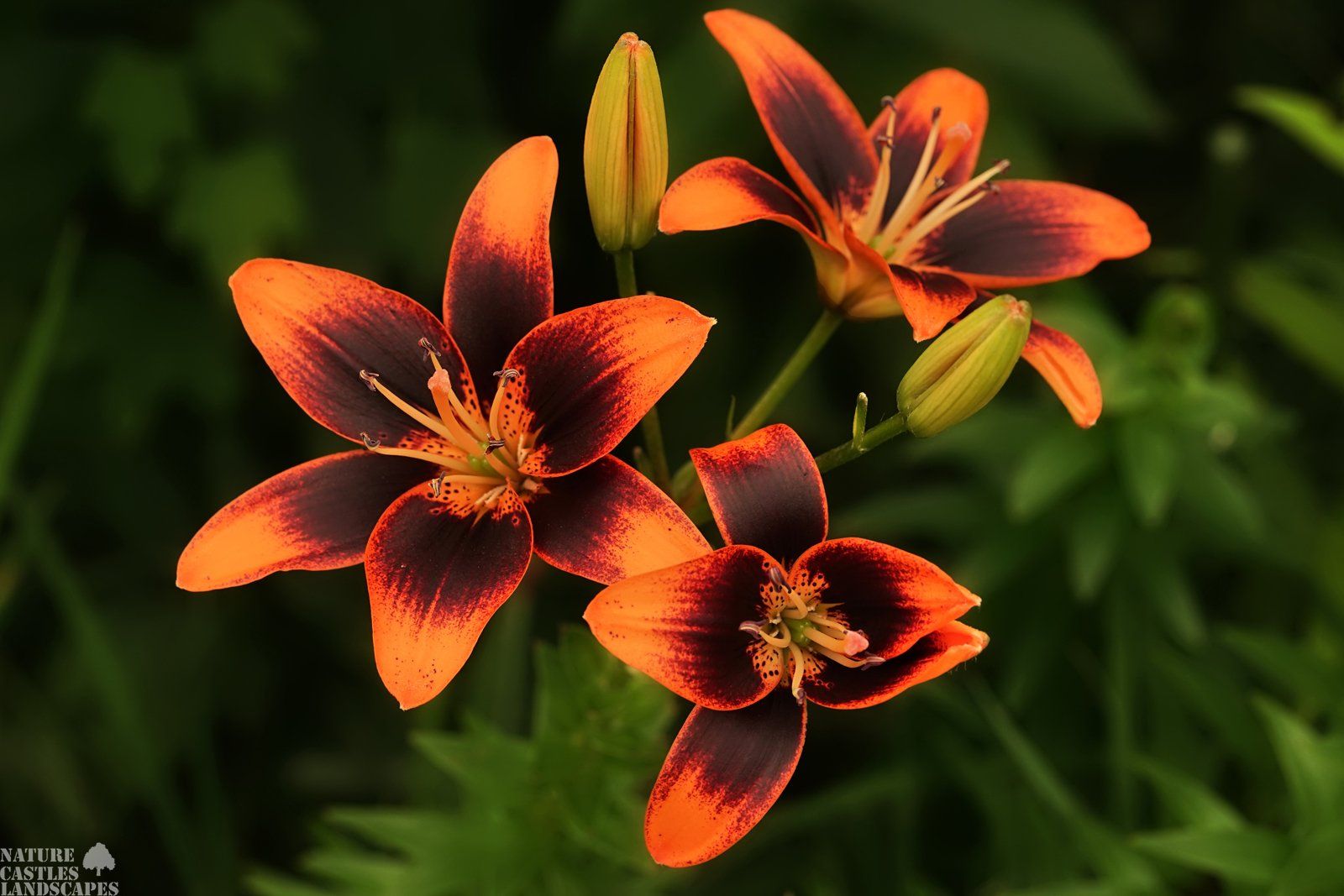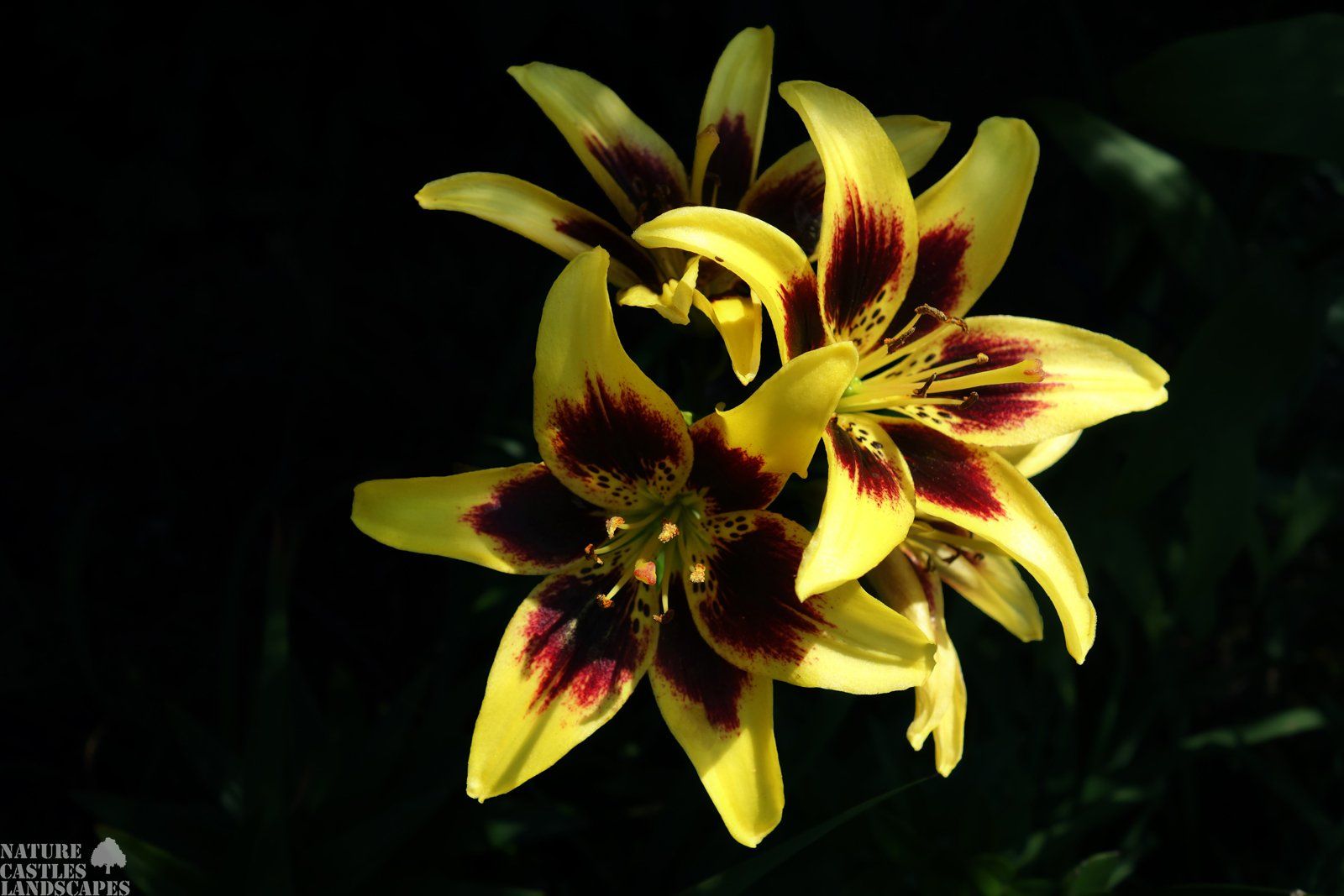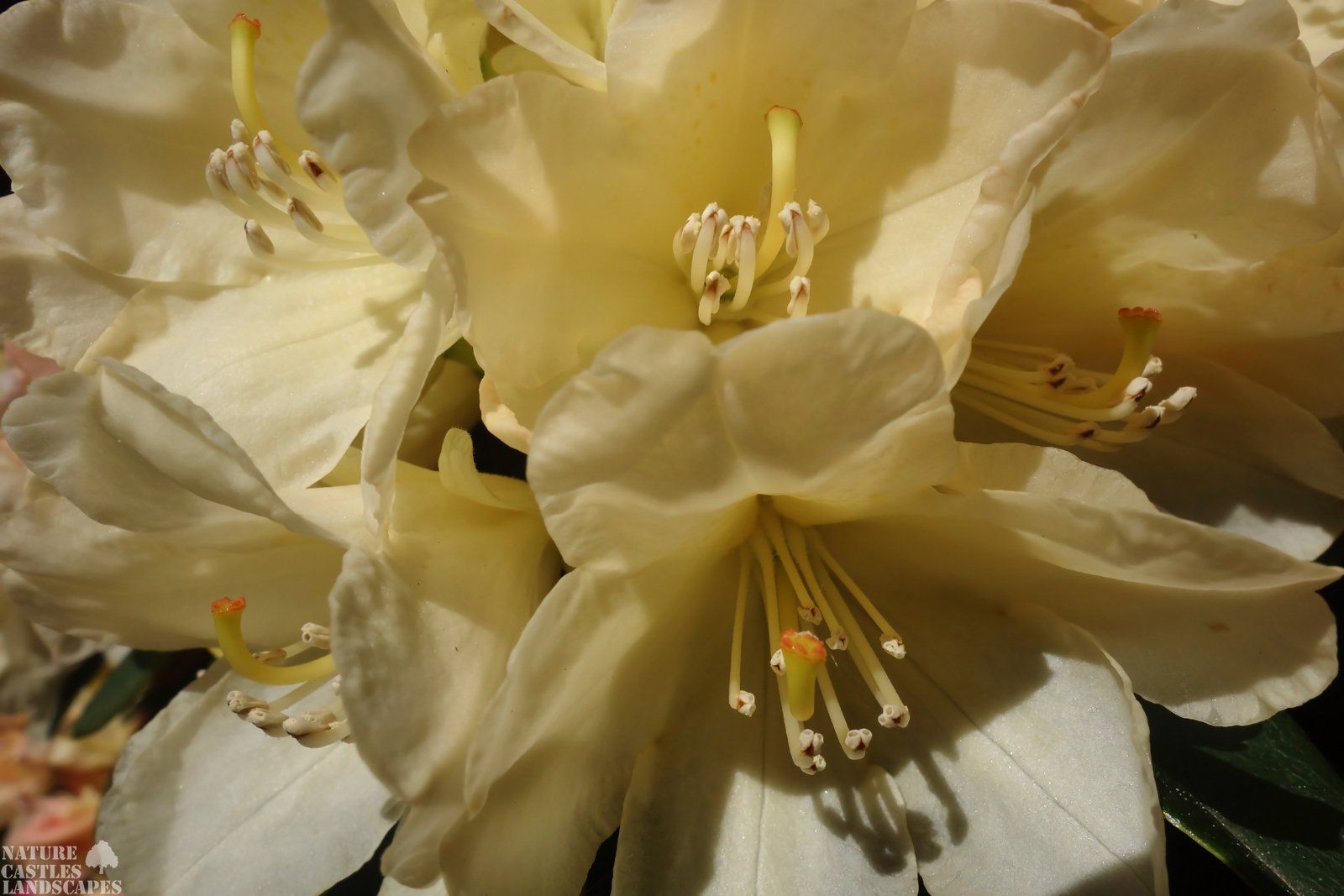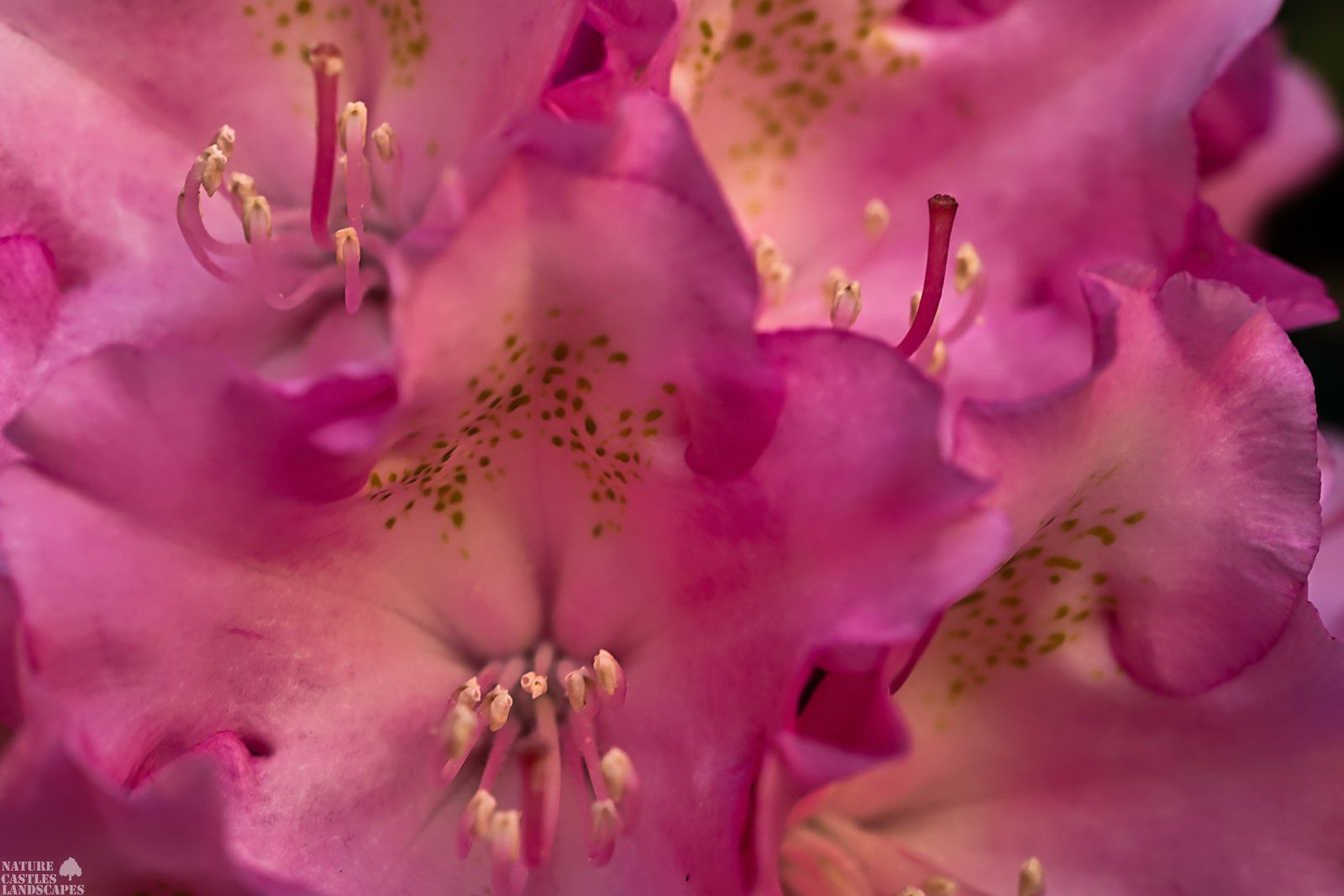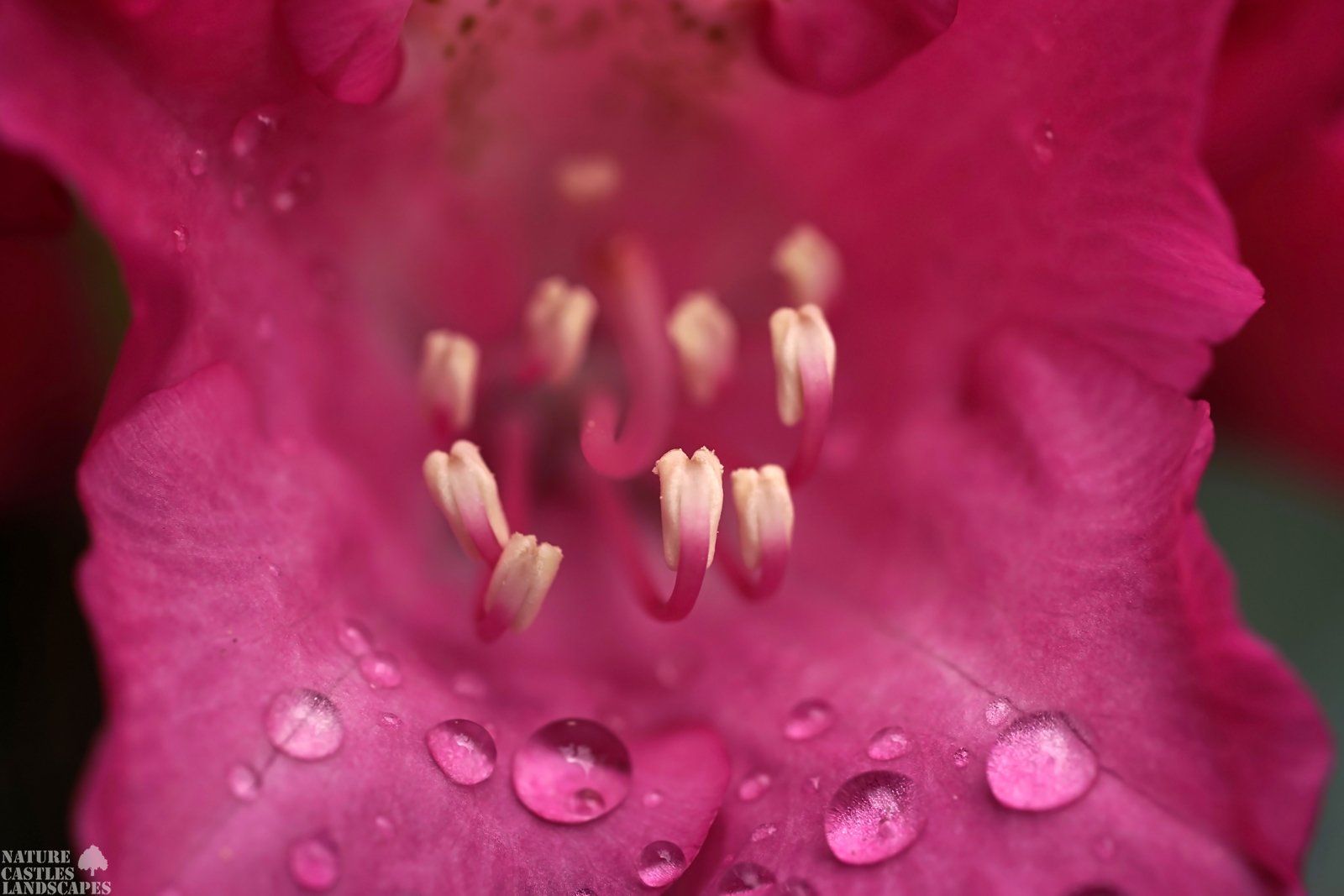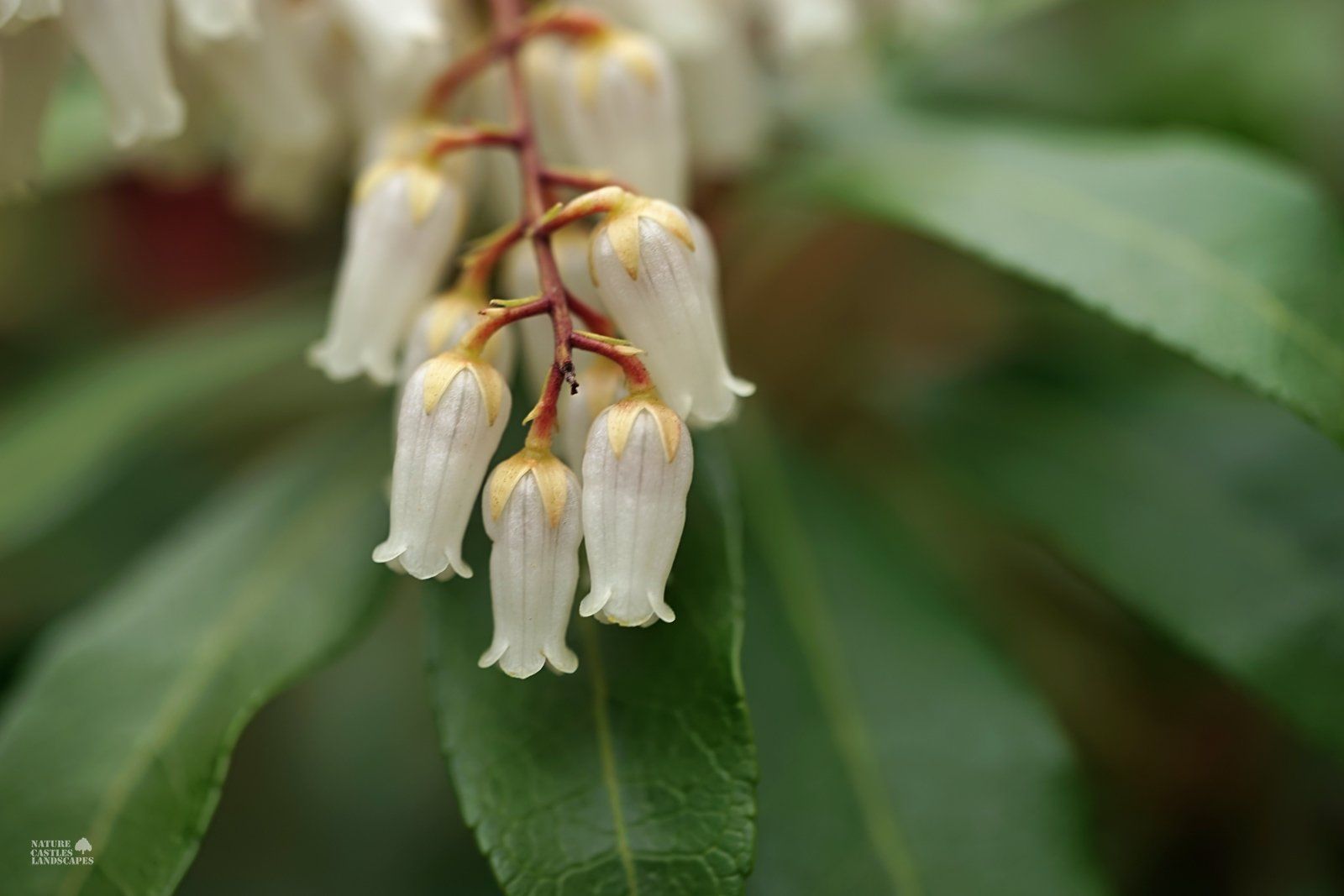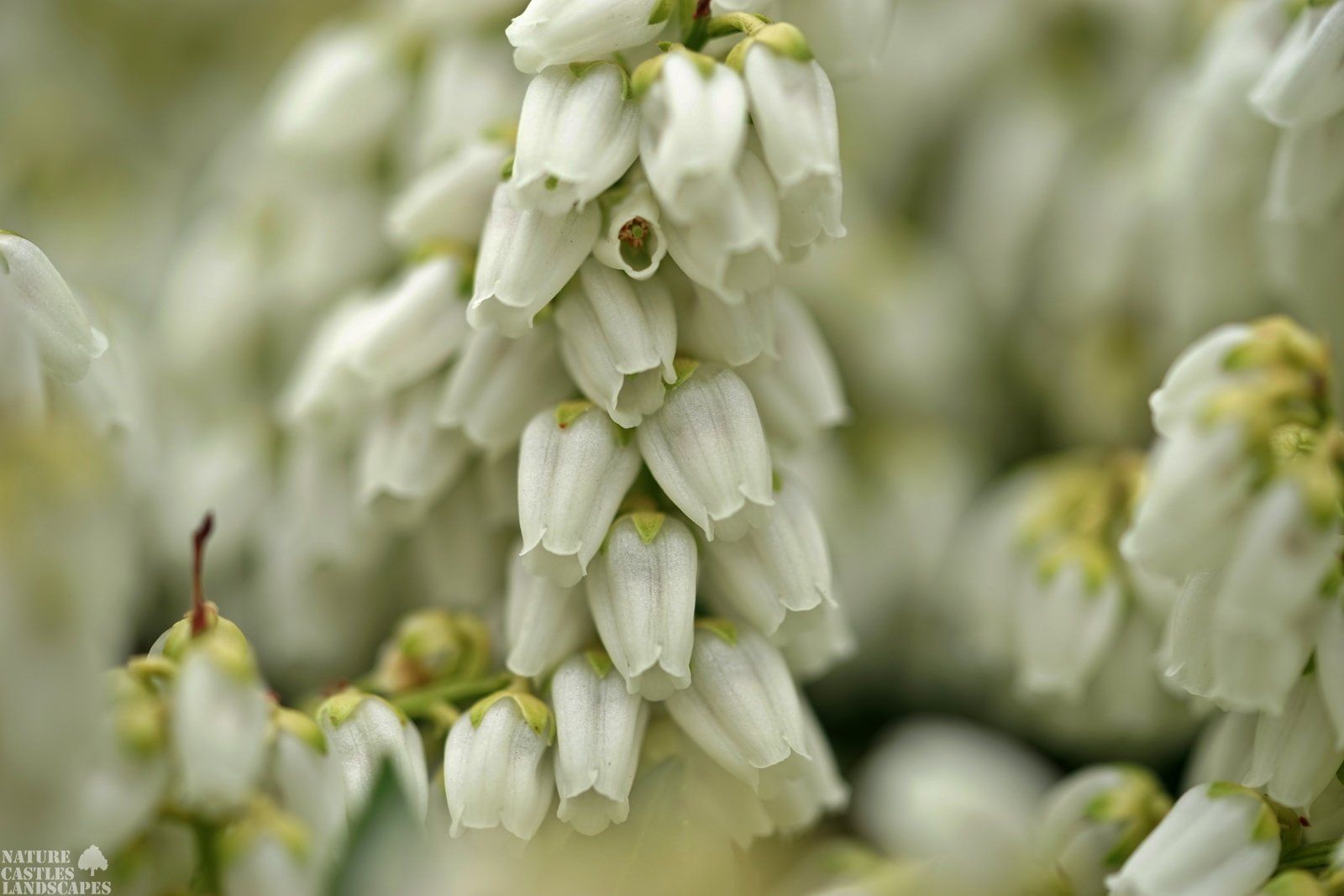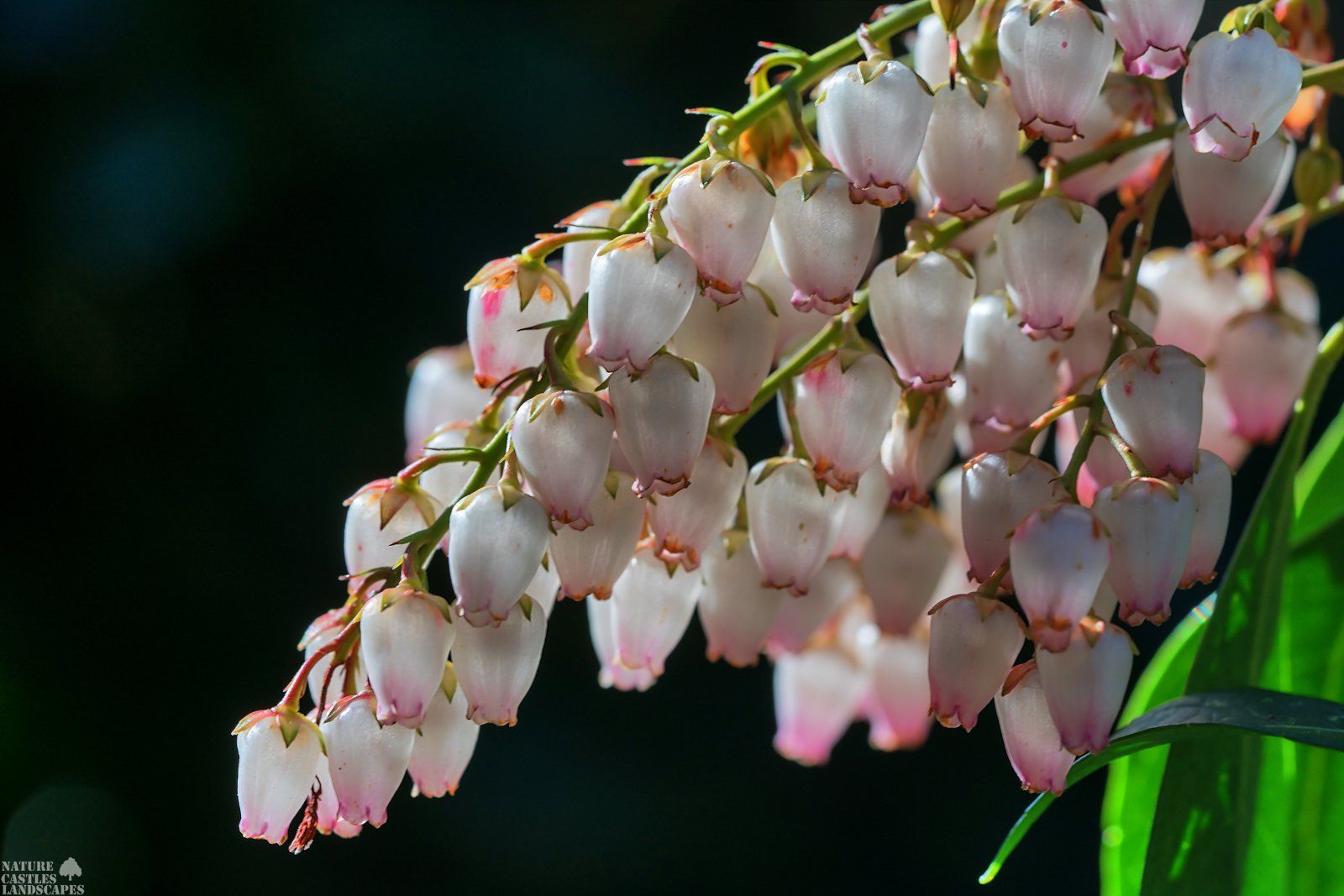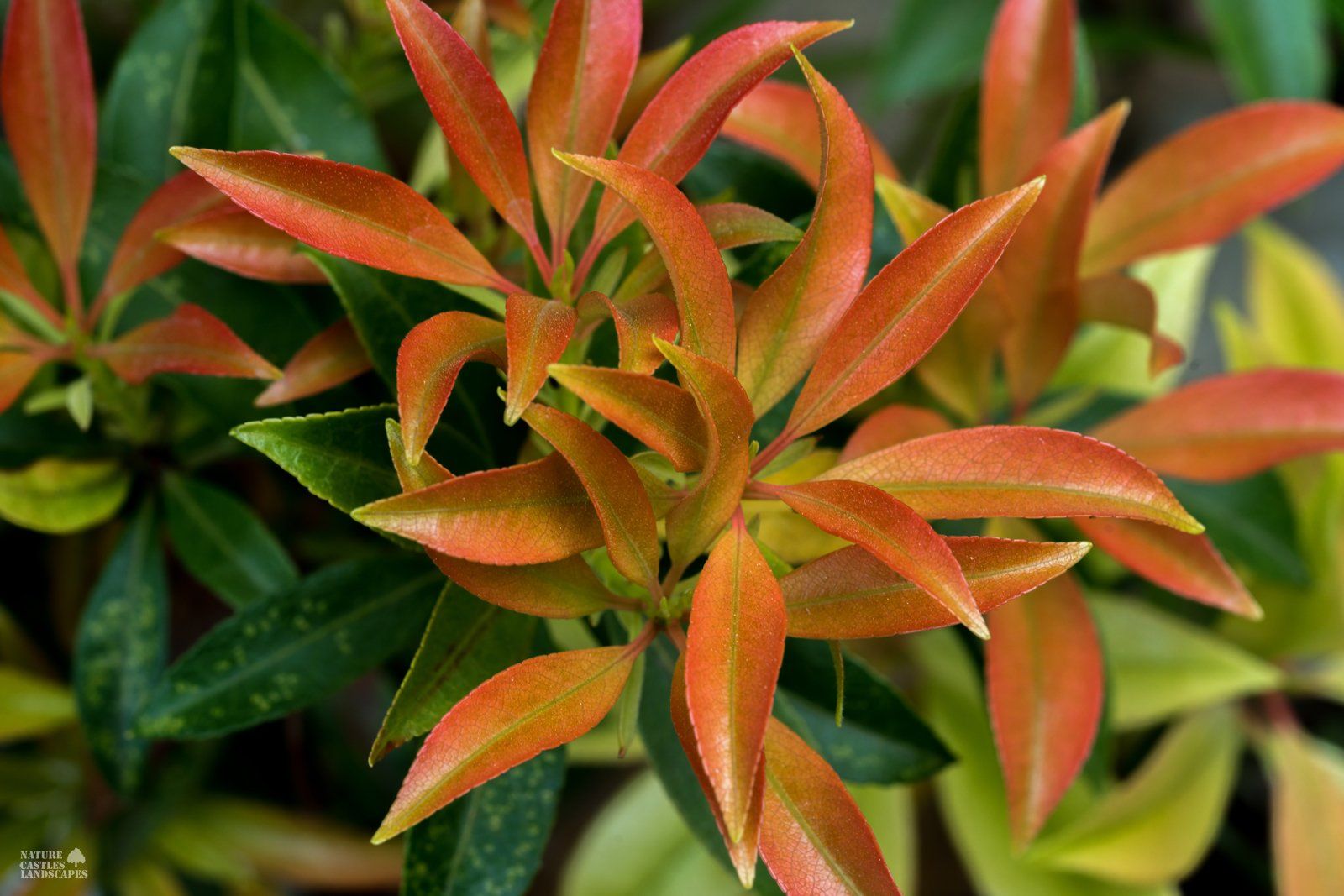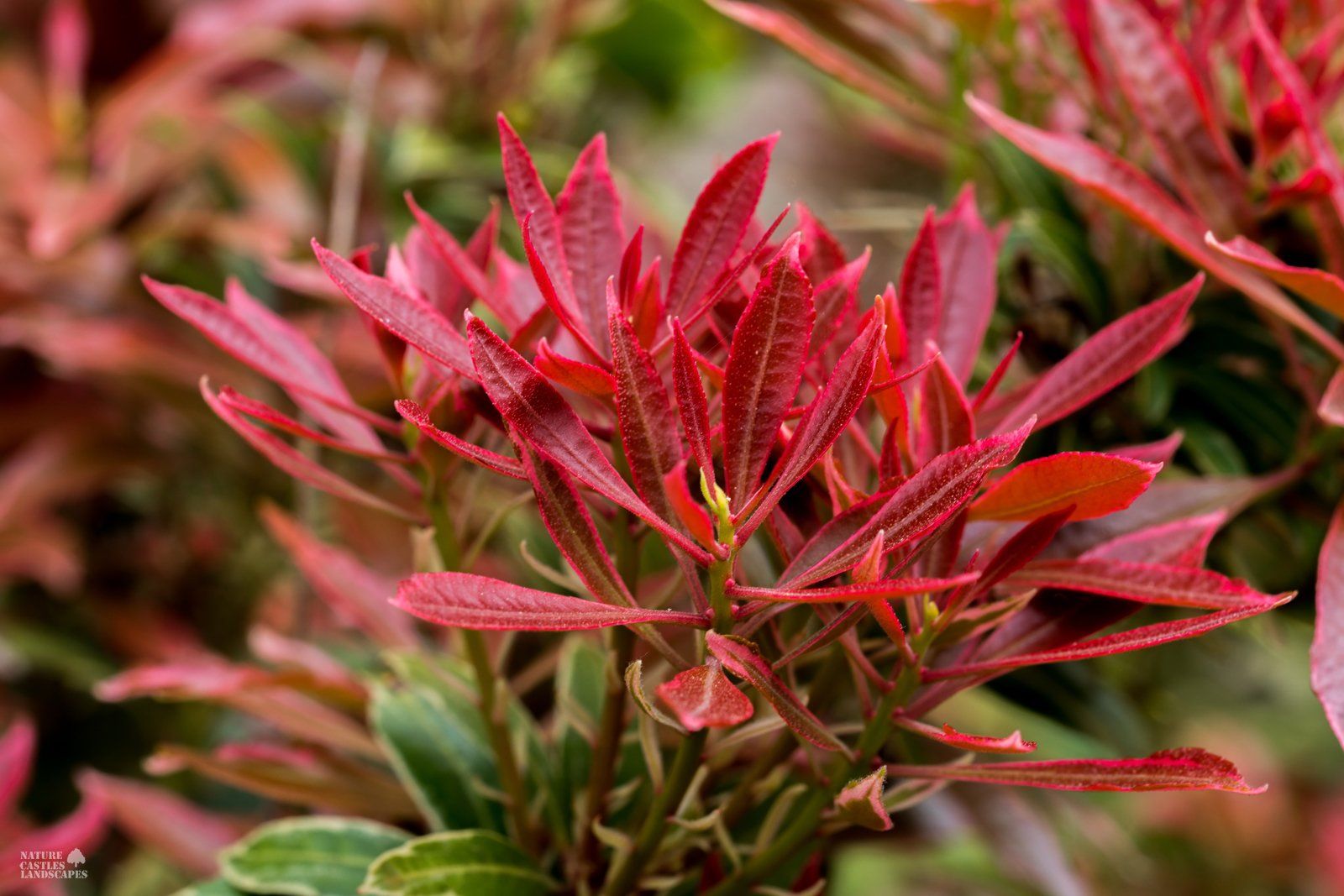GARDEN PLANTS
Garden plants are always a source of beauty for me. In almost every season of the year there is something to do on my terrace or in the garden. I love gardening. Plants were already introduced in ancient Egypt, for example around 1550 BC. The pomegranate from the Caspian Sea. Most of our local fruit trees, such as sweet and sour cherries, pears, peaches and plums, were brought across the Alps by the Romans, along with vines and roses. The list goes on and on for a long time. In the Middle Ages, a distinction was made between a pleasure garden and a useful medicinal herb and vegetable garden. In Renaissance Europe, onion plants like the tulip were traded for extremely high sums of money. The English landscape garden of the 19th century with its more natural conception is presented in contrast to the strict formal French style at the time of the Sun King. From the 19th century, the garden styles were based on what had already been there.
Selection of my garden photos
Here you can find a selection of my garden plants. whether the graceful lilies, the amazing shadow bells or the flowering azaleas and rhododendrons, I have photographed everything that blooms in my garden and publish it here.
Lilies
Flowers of supernatural beauty? Lilies possess them and have become the symbol of the purity of their goddesses and gods by all cultures they knew. A plant of amazing grace and biology. In addition to the rose, the lily has been part of the plants since time immemorial, captivating us with their flowers and their fragrance. Royal houses led them in their coat of arms.
The lilies are a genus of plants of the family Lily Family with about 125 species. Lilies are perennial, upright growing bulbous plants with often showy flowers. Because of their attractive appearance, they have been and are appreciated as ornamental plants in many cultures.
Pictures of my Rhododendrons
The rhododendrons are a genus of plants from the heather family (Ericaceae). It is with about one thousand species a comparatively large genus with a variety of variety groups and an almost unmanageable number of varieties, which are partly hybrids, partly only vegetatively reproducible selection forms (so-called sports).
The range extends from the sea coast to the high mountains (in Tibet to over 5500 meters) and from the tropical rainforest to the subpolar tundra (for example, Rhododendron lapponicum and Rhododendron camtschaticum). Accordingly different are the species and their claims. There are over one thousand species worldwide, most of them in Asia, some in North America, few in Europe.
Species of the genus Rhododendron occur everywhere in humid areas of the northern hemisphere and in the southern hemisphere in Southeast Asia and northern Australia. In South America and Africa, no rhododendrons are naturally native. The highest biodiversity is found in the Himalayas in the Uttarakhand area - Nepal and Sikkim, around Yunnan and Sichuan. Other areas with a high variety of rhododendron species are the mountains of Indochina, as well as Korea, Japan and Taiwan.
Tropical rhododendron species occur from Southeast Asia to northern Australia, with 55 known species in Borneo and 164 in New Guinea. Relatively few species are native to North America and Europe.
The range extends from the sea coast to the high mountains (in Tibet to over 5500 meters) and from the tropical rainforest to the subpolar tundra (for example, Rhododendron lapponicum and Rhododendron camtschaticum). Accordingly different are the species and their claims. There are over one thousand species worldwide, most of them in Asia, some in North America, few in Europe.
Species of the genus Rhododendron occur everywhere in humid areas of the northern hemisphere and in the southern hemisphere in Southeast Asia and northern Australia. In South America and Africa, no rhododendrons are naturally native. The highest biodiversity is found in the Himalayas in the Uttarakhand area - Nepal and Sikkim, around Yunnan and Sichuan. Other areas with a high variety of rhododendron species are the mountains of Indochina, as well as Korea, Japan and Taiwan.
Tropical rhododendron species occur from Southeast Asia to northern Australia, with 55 known species in Borneo and 164 in New Guinea. Relatively few species are native to North America and Europe.
Pieris Japonica
The Japanese lavender heather (Pieris japonica) is also called shadow bell. The evergreen shrub belongs to the heather family (Ericaceae) and comes from the moist undergrowth of the Japanese mountain forests. As an evergreen hardwood speci es, it sets accents in the garden for weeks with its lily-of-the-valley flowers. Some garden types also sprout with carmine to bronze-red foliage in spring. Pieris, the botanical name of the lavender heather, is derived from Pieria. In Greek mythology, this is the home of the muses, who are also called pierids. The lavender heather is one of the few plants that is leafy to ground level. Even after a few years, there are no bare lower places.
In the Far East, the plant is known as "eternal fire" due to its colored leaves. Those who have such a shrub in the garden will get through the winter well.PICTURES FROM MY TERRACE
Seven Pieris Japonica have been in large pots on my terrace for over ten years. Severe winters, below 20Crad Celsius, hot summers, over 40 Crad Celsius, and strong storms, these plants have borne everything. I love these plants! Over the years, these images have been taken with various cameras. I hope you like them!
Colourful new growth
After the heyday of Pieris japonica, a second, colorful firework begins. The medium-green, glossy leaves take on an attractive brightly colored tint in many garden varieties when they shoot in spring and usually turn green again in the course of summer. Depending on the variety, you can marvel at red, copper-colored or brass-colored new leaves.

